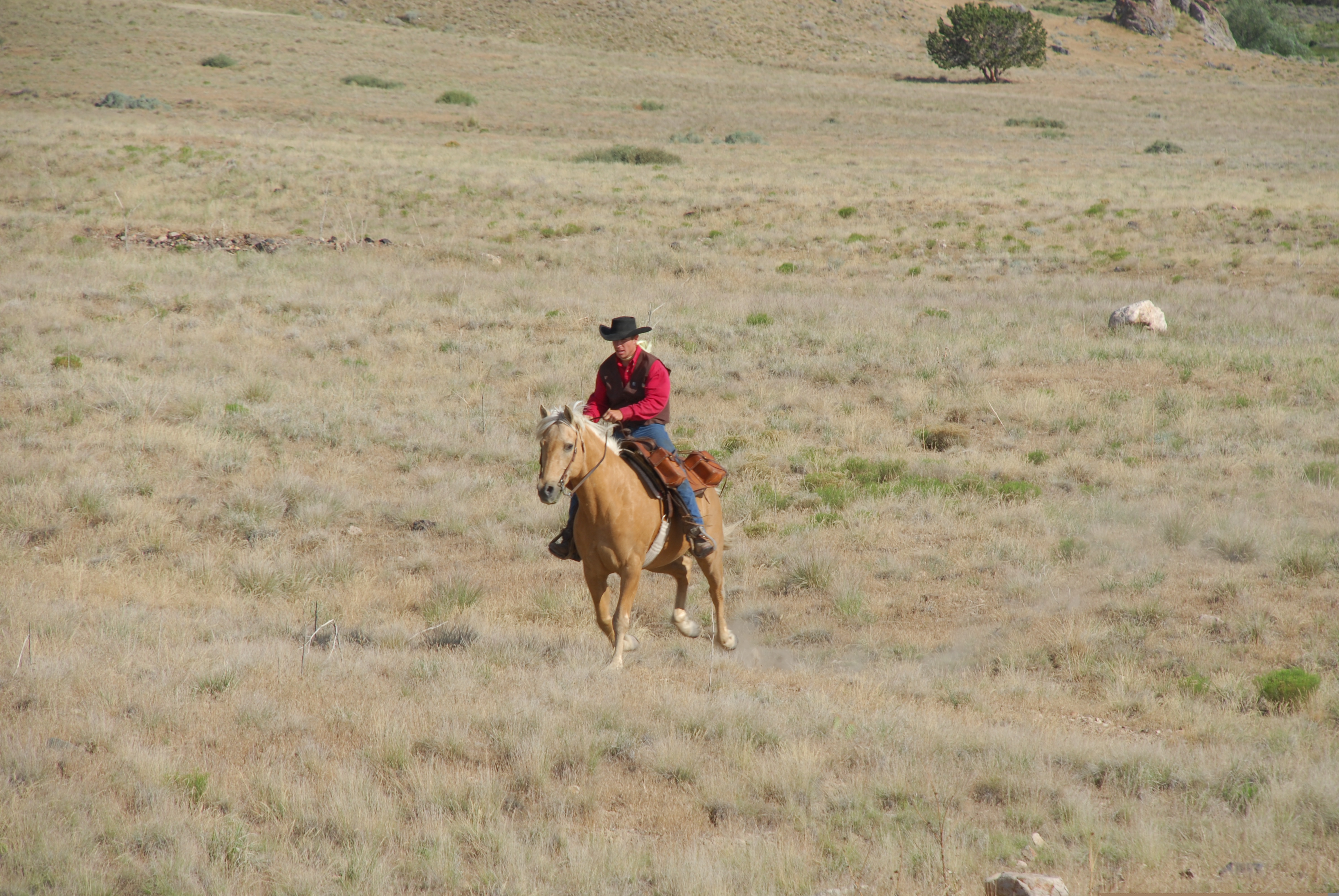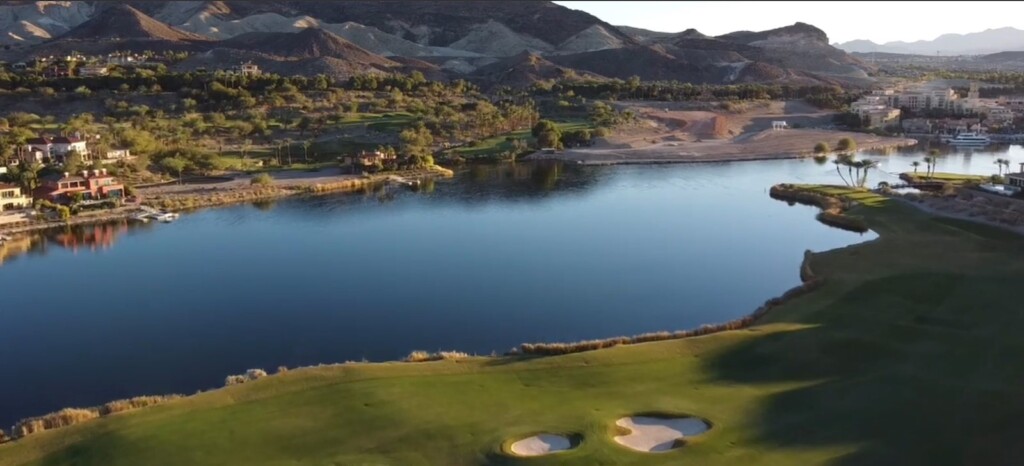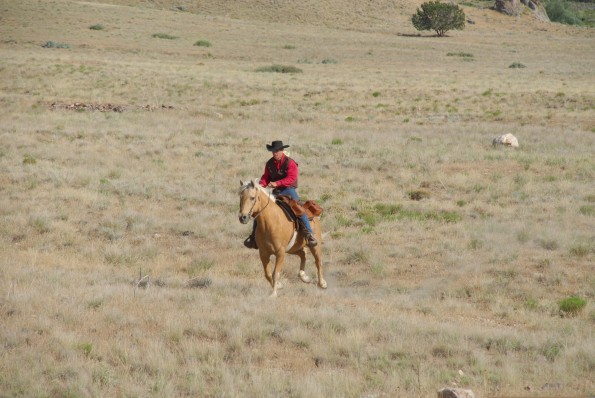
In 1960 Patrick Hearty was a young boy living in Grantsville, Utah. It was then that he witnessed part of the 100 year Pony Express Commemorative Ride as it passed near his home. Enthralled at the time he says, “I would have cut off a big toe to be part of that ride.”
The event kindled for him a romance for the Old West. He studied the history of the Pony Express and became part of the Pony Express Association and the reenactments staged every year since 1978. Trailheads in St. Joseph, Missouri and Sacramento, California alternate as starting points for each year’s ride.
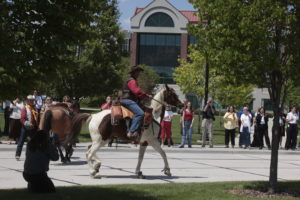
The Pony Express existed from April 1860 to October 1861. According to Hearty, Utah was key to its success. Utah farmers produced the hay and feed necessary to stock the line and local men were some of the early leaders. Howard Egan, James Bromley and Bolivar Roberts were division superintendents in Utah. Others such as Porter Rockwell, Ephraim Hanks and Henry Jacob Faust maintained changing stations for relaying the horses.
Relay stations were set about 20 miles apart for riders to change horses. Home stations, where riders could sleep and eat between runs, were spread 50 to 100 miles apart. Riders starting in Salt Lake and travelling west changed horses 6 or 7 times, reaching the area of Vernon and the Rush Valley Station. Riders rode between 75 to 100 miles for a day’s work.
The typical rider Hearty says, “was usually a tough, small light-weight guy in his late teens or early twenties. The story that orphans were preferred is a fabrication. What was wanted were tough, young horsemen and frontiersman.” At $25 a week they were paid well, but it was so physically demanding that many dropped out. Few horsemen rode the entire 18 months.
Conventional wisdom of the day was that a central course across the desert and mountains of the west was impossible. Until that time the mail routes dropped significantly south and mail took three to six weeks to cross the country. The Pony Express defied that thinking and cut the time to ten days.
The Pony Express trail roughly followed the Mormon trail, veering 6 to 8 miles south of Evanston and dropping down Echo Canyon. The trail then followed the Mormon Trail again down Emigration Canyon into Salt Lake City. Once the riders were in Salt Lake they travelled south, crossed the Jordan River and then turned southwest where Eagle Mountain and Fairfield are now established. From there it was south and west again towards Vernon and on to Deep Creek and the border of Nevada.
The Pony Express was a private enterprise run by Russell, Majors and Wadell Freight Company. They had an army contract to haul supplies to military outposts across the west. Because of that experience they were awarded the contract to run the mail.
According to Hearty, “A perfect storm of problems put the company under and it was defunct in early 1861.” It was an extremely expensive operation to run and the companyt never met expenses. When Johnston’s Army was on way to Utah in 1858, Brigham Young sent out the local militia to attack the supply train. They took out most of the wagons and livestock, owned by Russell, Majors and Wadell. It was a blow they never fully recovered from. When they went out business inearly 1861 the Pony Expres carried on until October with other companies picking up the slack.
The completion of the telegraph finally brought a halt to the Pony Express. The transcontinental telegraph lines were laid along the same basic route as the Pony Express and started operation in late 1861. About 8 years later transcontinental railroad followed the same course.
Patrick Hearty and Dr. Joseph Hatch have written two books about the Pony Express. The first is The Pony Express Stations in Utah, written as a take-along guide book for visiting all the Utah stations in Utah. The second is The Pony Express in Utah, a general history of the trail from before the advent of the Pony Express to the commemorative runs today.
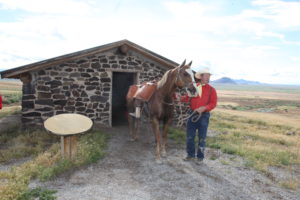
For more information visit: www.xphomestation.com
Story by Connie Lewis

